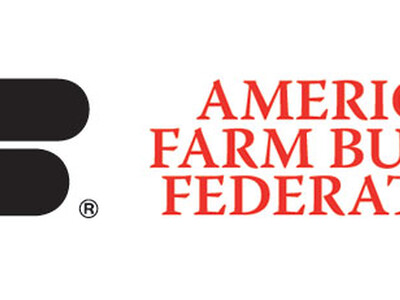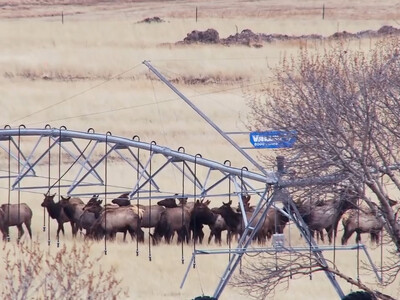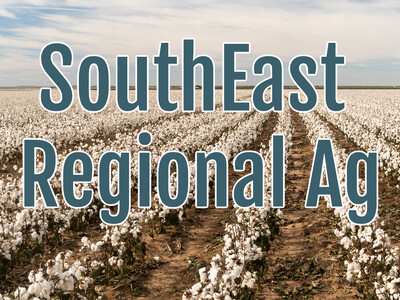Barging wheat
In a recent op-ed appearing on the Idaho Farm Bureau’s website Stacey Satterlee wrote In 2016, Idaho was the seventh largest wheat-producing state in the nation, producing 102.8 million bushels of wheat. Barging on the river is the most efficient mode of transportation wheat growers can use to get their wheat to overseas markets. Idaho’s grain growers compete in the world market because we efficiently move large quantities of wheat via the river. Without the river system, grain growers would pay higher rail rates because of the lack of competition, and in North Idaho, there is essentially no train service.
Snake River Advocates spokesperson Jeff Sayre agrees. “The Snake River provides an economical transportation mode for agriculture to get to the global markets. It uses renewable energy, it is the key to recreation and lots of other vitality in these communities, like Lewiston and Clarkston and all the way down to the Tri-Cities for people to enjoy and use and if that went away it could have detrimental economic impacts on lots of people and lots of families and businesses.
Satterlee continues: “The wheat from North Idaho is going mostly to customers in Pacific Rim countries — Japan, South Korea and Taiwan. Idaho generally has a very consistent wheat crop, which helps us meet the needs of these customers. But we must also meet their shipping needs to maintain a premium market for our crops; the river transportation system is key to doing that.”














